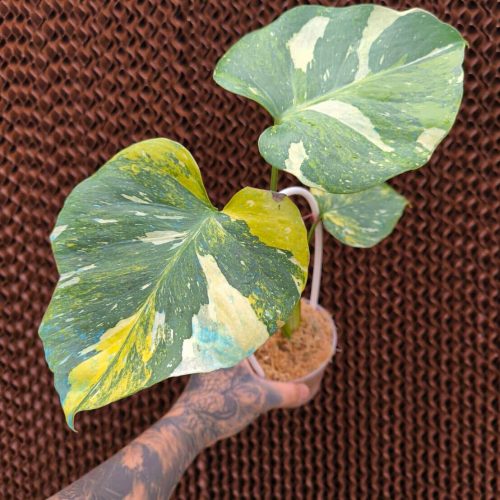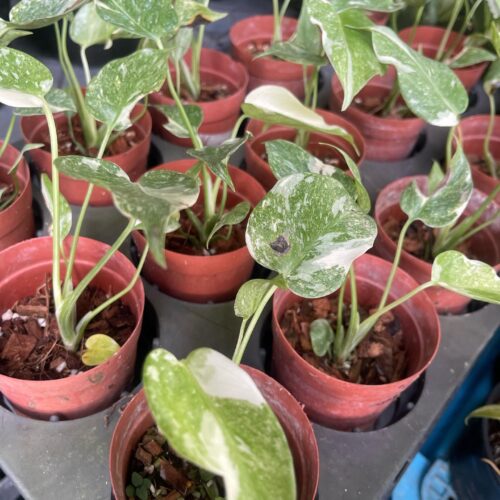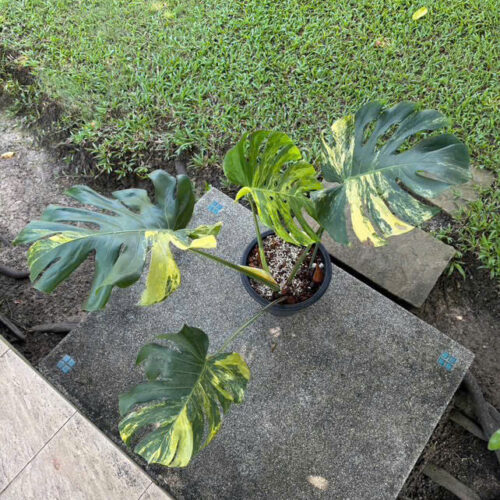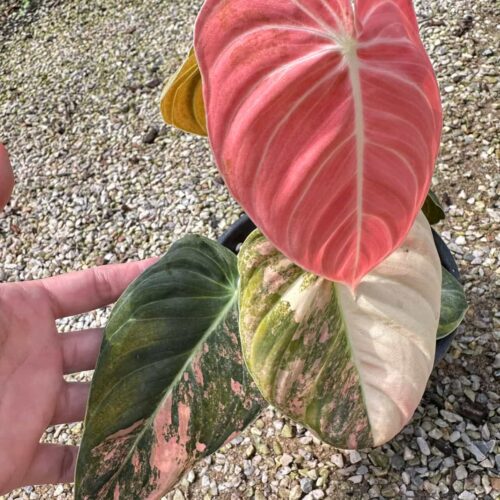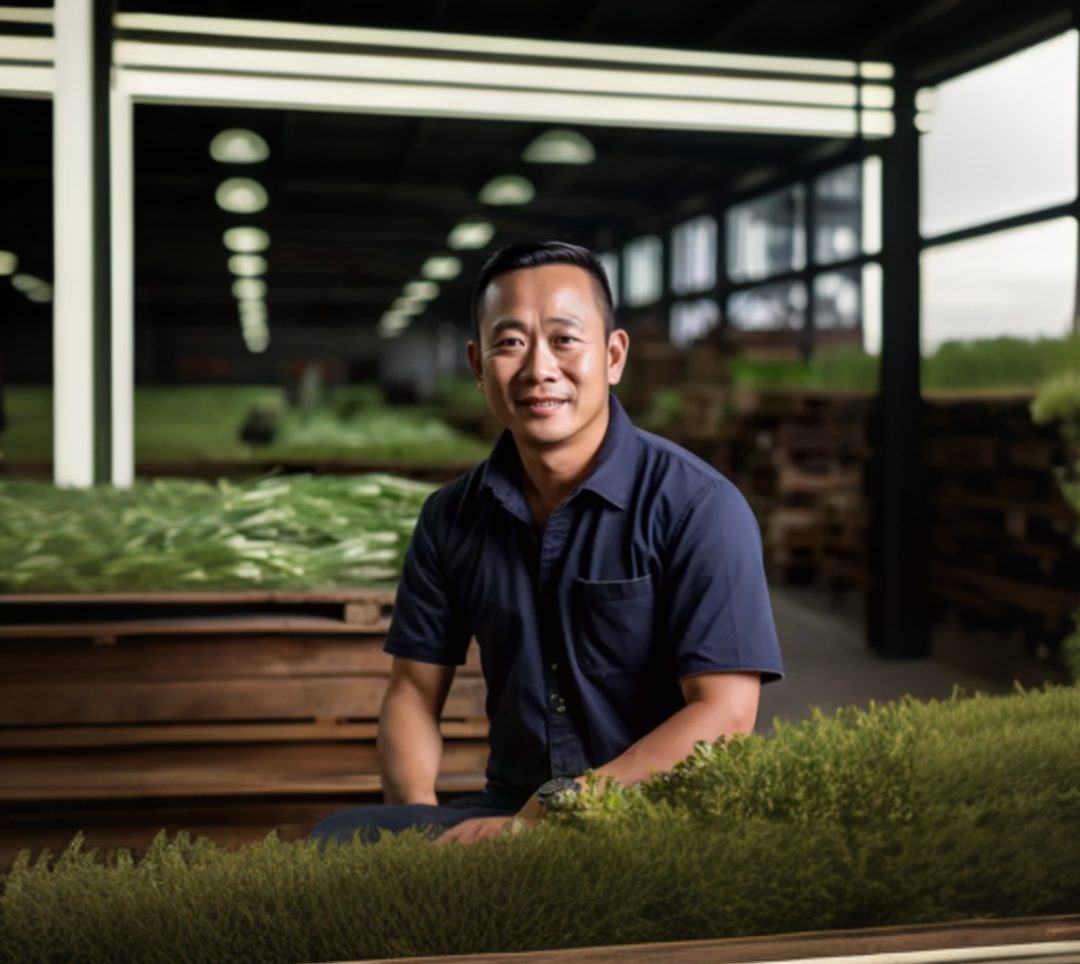Aroids, sometimes called aroid palms or philodendrons, are a diverse group of plants that include many popular houseplants. Known for their unique foliage and tropical look, aroids make excellent additions to indoor plant collections. With the right care and conditions, it’s relatively easy to grow healthy aroids. This article provides tips on caring for aroids in 5 key areas.
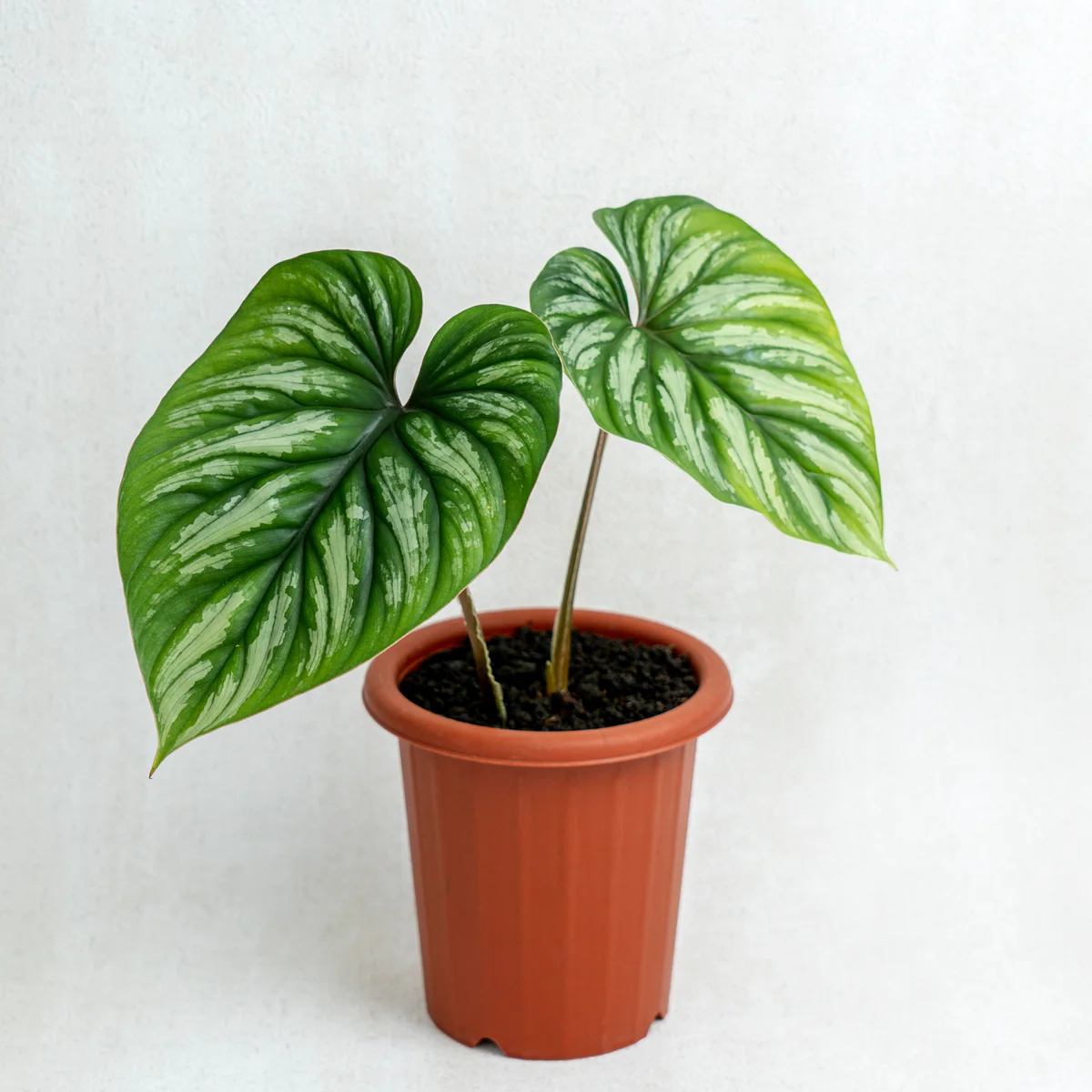
Light Requirements
Aroids vary considerably in their light needs. While some tolerate lower light, most will thrive with bright, indirect sunlight.
Finding the Right Light Level
Many common aroid houseplants, like peace lilies and pothos, do well in medium to low light indoor locations. Place them in bright rooms, but away from sunny windows where they may get scorched. More finicky tropical aroids, like anthuriums, require consistently higher light resembling their jungle understory origins. Acclimate anthuriums slowly to increased sunlight to avoid leaf burn.
Maximizing Available Light
Rotate potted aroids frequently so all sides get even light exposure. This prevents lopsided growth toward the brightest light source. Periodically prune leggy growth that results from inadequate lighting. Clean dust-covered leaves to maximize light absorption. Supplement natural light in darker rooms using grow lights. Time the photoperiod to provide bright, indirect light for 12-14 hours daily.
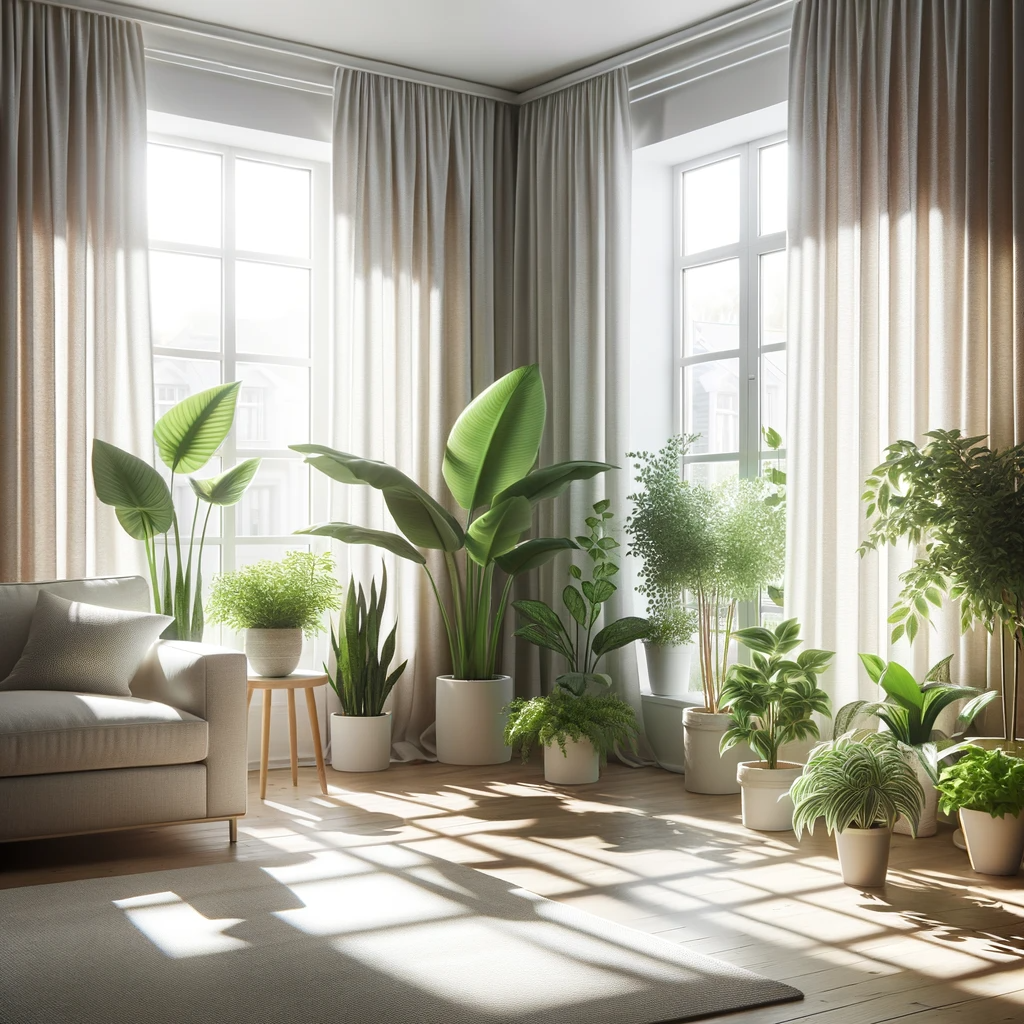
Watering Needs
Pay close attention to potting mix moisture when watering aroids. Their water needs vary with factors like season, growth rate, and light exposure.
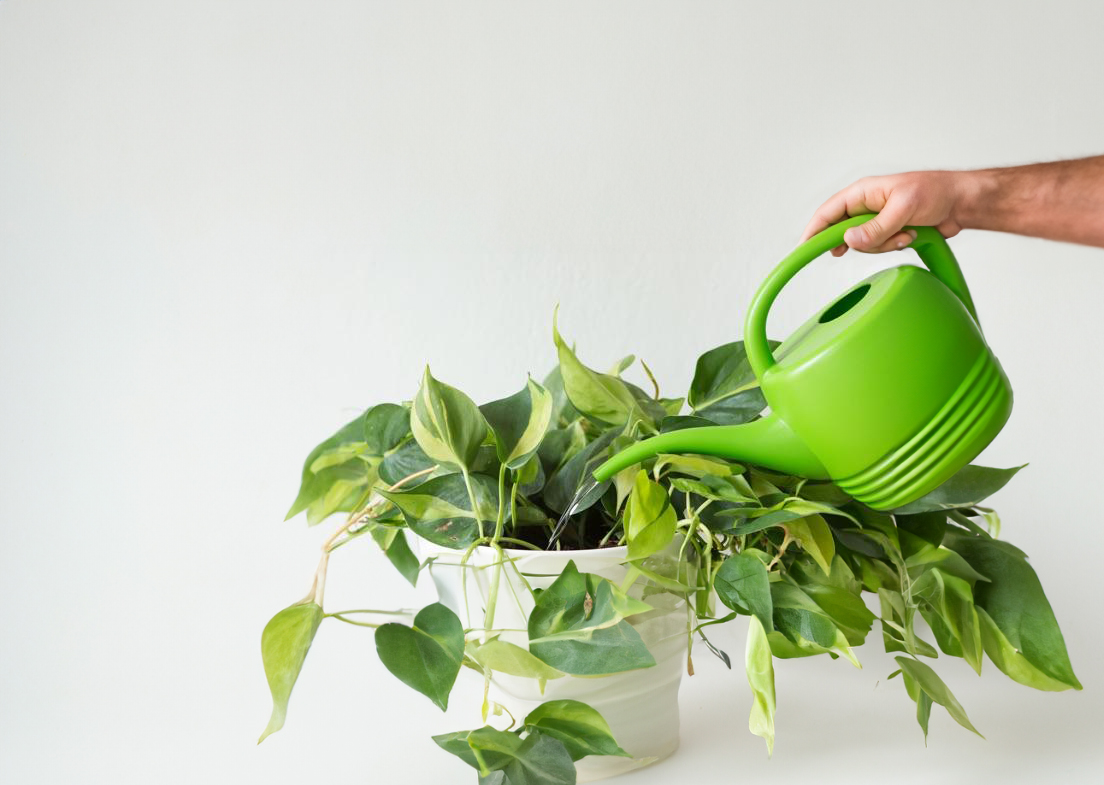
List of the most sought after rare aroids in 2023
Developing Better Watering Habits
Water more frequently in brighter, warmer conditions when plants are actively growing. Allow soil to partially dry between waterings to prevent soggy roots. In cooler or darker environments, reduce watering frequency. Check soil moisture before watering to gauge plant needs. Identify early signs of over- or under-watering like drooping, yellowing leaves, or dry crispy foliage. Adjust your watering practices accordingly. Consider bottom-watering methods.
Choosing an Appropriate Potting Mix
A well-draining potting mix provides needed moisture to roots without staying overly wet. Incorporate substantial organic material like peat or coconut coir into a general houseplant blend. For moisture loving plants like peace lilies, use a more water retentive mix. Or, add materials like orchid bark, perlite or sand to improve drainage for drier loving varieties. Re-pot into fresh media as old mixes deteriorate.
Feeding Routines
While somewhat heavy feeders during peak growing periods, aroids rarely need aggressive fertilizer programs. Follow label directions to determine optimal feeding amounts and schedules.
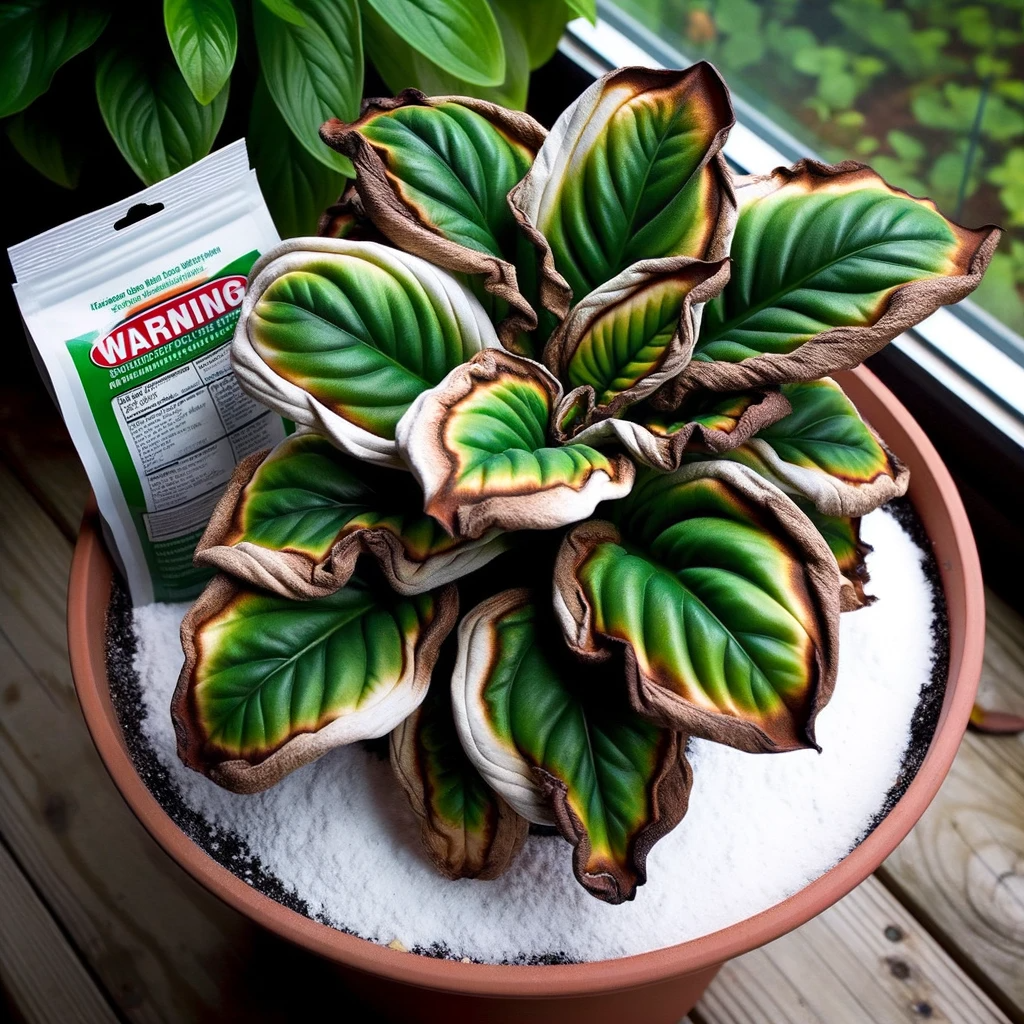
Selecting Appropriate Fertilizers
Opt for comprehensive indoor plant fertilizers to supply key macro- and micronutrients. Standard water-soluble formulations work well for more frequently fed container plants. Consider slow release options for less involved care. Make sure to match fertilizer strength to plant needs, using half strength formulations for sensitive varieties.
Timing Fertilizer Applications
Feed growing plants every 2-4 weeks from spring until fall. Flush soil thoroughly monthly to prevent buildup during active feeding periods. Reduce application frequency in winter or early spring when plants are less actively growing. Monitor plants for signs of deficiency like yellow lower leaves or stunted new growth before increasing fertilizer amounts.
Temperature Needs
Most aroids thrive in average household temperatures between 60-80°F. Protect plants from hot or cold drafts from heating/cooling vents that create temperature extremes.

Coping with Temperature Fluctuations
Move sensitive tropical plants away from frequently opened exterior doors. Position hardy varieties in cooler bright rooms like sunrooms. Use portable space heaters or fans to stabilize temperatures as needed. Place potted plants on humidity trays filled with pebbles and water to increase warmth, especially for jungle loving anthuriums and philodendrons. Bring outdoor container plants indoors if overnight temperatures drop below 50°F.
Understanding Seasonal Rest Requirements
Some aroids benefit from a winter rest period triggered by cooler 60-65°F temperatures. Reduce water and feeding during this time to prevent root rot issues. Cut back on light exposure to limit unseasonal growth spurts. Do not allow plants to completely dry out or sit in soggy soil during seasonal dormancy.
Humidity Preferences
Warm, humid conditions prevent drying foliage while benefiting tropical varieties adapted to steamy jungle environments. Ramp up humidity levels around your aroids.

Maximizing Indoor Humidity
Group plants together to take advantage of collective transpiration. Use gravel trays or humidifiers to add needed moisture to warm stale indoor air. Make sure plants sit above the water level to avoid root issues. Wipe down leaves regularly to prevent fungal and bacterial leaf spot diseases prevalent in persistently humid conditions. Consider terrarium culture for humidity loving plants like anthuriums.
Acclimating Plants after Bringing Indoors
Outdoor aroids often struggle with dry indoor air, especially in colder seasons when heating systems run frequently. Ease transition shock by first placing them in bright transitional spaces like enclosed porches before moving inside. Maintain consistently higher humidity around recent imports using humidifiers. Check for pests hiding in leaf axils during quarantine periods.
Where to buy Rare Aroid Plants? Benefits from importing plants from Thailand
- Shipping: Door to door shipping, fast and safe with Dragon Courier
- Biodiversity: Thailand is known for its rich biodiversity, including a wide variety of aroid species. This diversity allows importers to access a broad range of unique and exotic aroid plants.
- Quality and Health of Plants: The suitable climate helps the plants grown here stay healthy and of high quality.
- Cost-Effectiveness: Due to favorable growing conditions and efficient production methods, Thai aroid plants can often be more cost-effective compared to those from other countries.
- Access to Hybrid Varieties: Thai growers are often involved in the development of new hybrid aroid varieties, offering unique plants that may not be available from other sources.
Aroid Plants species are the most sought after by aroid plant lovers
Conclusion
Aroids reward proper care with stunning tropical foliage and distinctive flowers on certain varieties. Pay attention to light, water, and humidity preferences that vary depending on the plant. Develop sound care routines tailored to your conditions and plants for success growing these diverse tropical treasures as houseplants. Adjust amounts of light, water and food based on plant responses through the seasons. With good cultural practices, aroids offer unique beauty and charm for indoor gardeners in colder climates.
See more Explore Aroids: Discover the Diverse Types and Their Beauty

